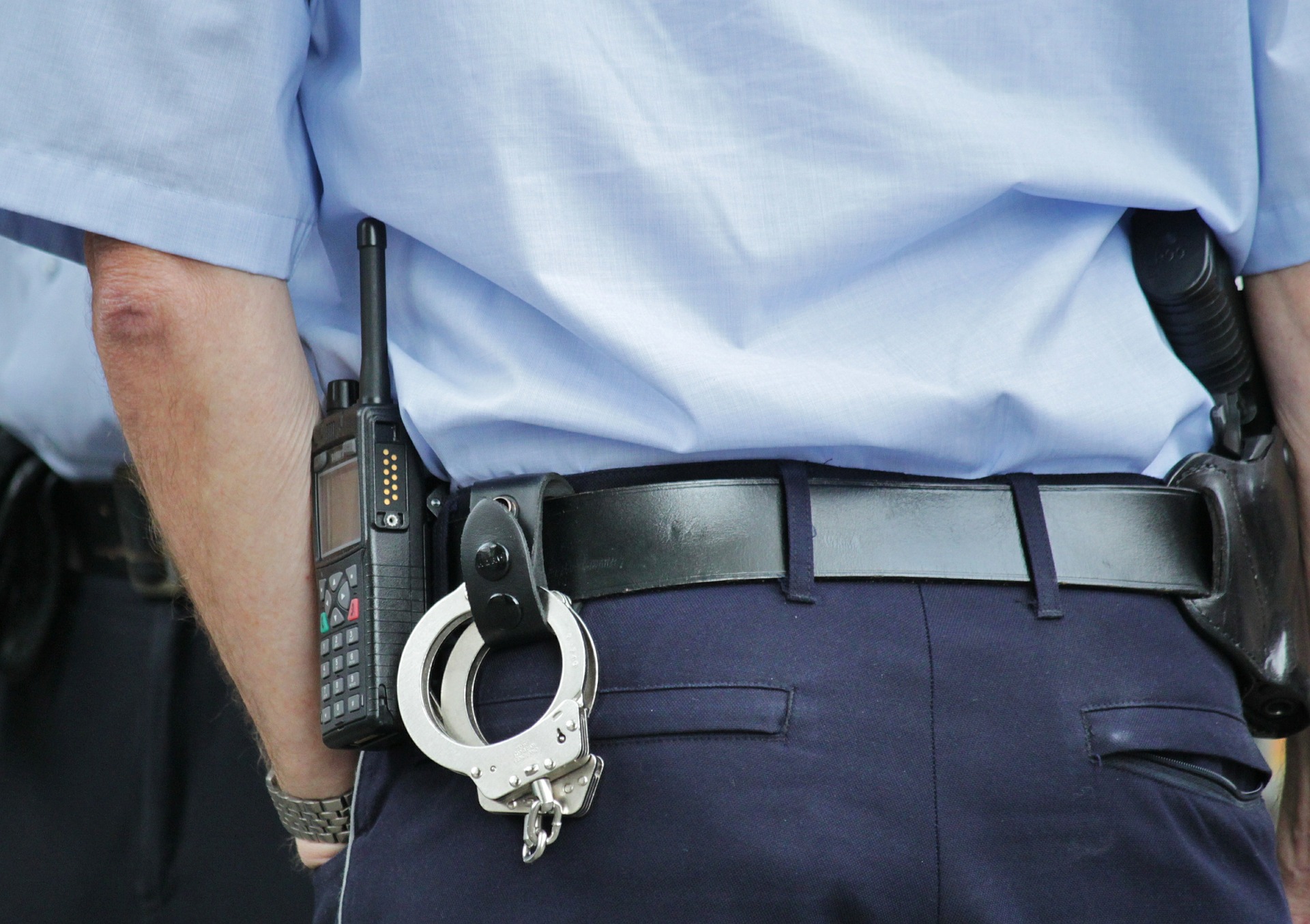
You probably saw the ‘10 Year Challenge’ clogging up your social media feeds a few months ago, writes Simon Hall, CEO, PoliceBox. For the uninitiated, the 10 Year Challenge involves the sharing of two photos of yourself; one from today next to one from 10 years ago. The idea is to see how much, or (if you’re extremely lucky), how little you’ve changed in the last decade.
As with many other popular social media trends, the 10 Year Challenge spawned numerous spin-offs and variations, as well as being a catchy way to highlight somewhat less proud achievements; from water pollution to environmental change. As a means to very quickly and powerfully show how much something has changed in a relatively short space of time, the 10 Year Challenge was very effective indeed
This trend got me thinking about how the devices used by frontline police officers has changed during the last decade. Would an officer of 10 years ago recognise or be able to use the tools of an officer of today? Or perhaps more strikingly, has nothing really changed?
As with all good 10 Year Challenge images, the picture below shows some pretty stark differences. At first glance you can see some big changes. But while a picture can paint a thousand words, this picture doesn’t necessarily tell the whole story. Some of the bigger changes to occur during the last decade aren’t so obvious.
 Handsets
Handsets
The first thing that may strike you is the lack of iPhone or Android devices. Ten years ago BlackBerry was the king of the corporate world, and by extension, the natural choice for much of the police and wider public sector.
Yet these devices could not offer anywhere near the performance of an officer’s PC or laptop. Mobile powerhouses they were not, which severely reduced their capability out in the field. Contrast this to the device in your pocket today, which is comparable (and potentially even more powerful) than the computer on your desk. This has been a gamechanger for mobile computing during the last decade.
Operating Systems
This is where the next most visible change has occurred. Both the Windows Mobile and BlackBerry operating systems shown in this picture are no more (as are Symbian, Palm OS etc.). Android now dominates the police sector. While iOS has yet to make any serious inroads into the UK police sector, its success in the enterprise market ensures it remains a serious contender on any police bid. But the main point to bear in mind with operating systems today is that the similarities now far outweigh the differences.
With modern development tools, we can build the same software for both platforms relatively easily (PoliceBox is available for iOS, Android and Windows UWP for example). Contrast this with 10 years ago where we needed to build applications from scratch for every operating system.
Software
Ten years ago, devices and the software that ran on them were much more closely tied together. The big device manufacturers in 2009 were BlackBerry, Palm, Motorola, Nokia, Ericsson etc. While device choice was certainly plentiful, third-party software was practically non-existent. You simply had to use the software that came with the device. The platform holders were also far less open to third party developers, so development for each OS was a bit of a nightmare.
Funding
This has certainly changed a lot during this time. Back in 2009 funding was much more generous. Police forces across the country had Gordon Brown to thank for their shiny new BlackBerrys. The problem was they were deployed far too quickly with very little ecosystem or strategy to support them. Today, every constabulary is contending with nearly a decade of austerity, which is forcing police forces to find new ways of doing things and be more open to innovations. Ironically, while funding is more restricted today than it was in 2009, innovation certainly is not.
Before and after the cloud
Perhaps the biggest change to occur with police devices over the last ten years is not even visible to those using them; the shift to the cloud for police data and IT services. While “Cloud First” was announced as public sector policy in 2010, it only became a viable option for the police in the last few years. It brings massive advantages in terms of rapid deployment, security, scalability and performance for the police at a fraction of the cost paid by forces a decade ago.
The cloud is the gamechanger of the last decade, enabling forces to be relevant and adaptive to modern policing needs in spite of years of real-time budget cuts. Leveraged effectively, it has the capacity to yield significant cost savings and innovations for the police over the next decade.
The next 10 years?
Police officers need the tools in their hands to get the job done. This means providing them with all the information they need to handle any situation. Any changes to police devices during the next decade should work towards the digital policing goals of the Policing Vision 2025, supporting services like digital evidence, digital contact, better inter-agency communication, etc. The devices and operating systems should become less and less important, with software and cloud services coming to the fore.
With that in mind, I expect the next time we do a 10 Year challenge we will focus less time on the minutia of device changes and operating systems, and more on the fundamental levels of support and intelligence afforded to our officers in the line of duty. The real differences will not be the devices in the officers’ hands, but the software and services behind them.

 Handsets
Handsets




